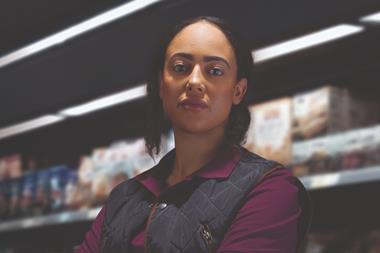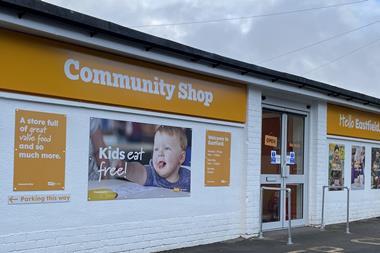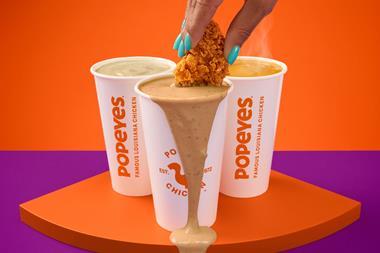Availability in the UK's top six supermarkets is deteriorating. In December, The Grocer 33's six-month review revealed the majority of retailers were racking up nearly twice the number of out-of-stocks compared with the first half of the year.
Data for the 26 weeks to January 13 showed little improvement in stock levels. Despite all six retailers claiming to keep a watchful eye on availability, average levels slipped from 98% to 96% in the six-months to that point. So what is going on? And are the retailers doing anything to improve the situation?
With a score of 93.8%, Somerfield was bottom of the heap. It totted up 50 out of stocks in the last 26 shops we did in 2006 - 18 more than recorded six months previously. A spokeswoman acknowledges there is "work to do", pointing out the chain has faced major upheaval over the past nine months.
"We are in the process of re-ranging all of our stores - this at the same time as relaunching our sub brands Healthy Choice and Best Ever," she says. "We plan to make a major investment to improve replenishment systems, processes and measurement tools."
Despite continued investment in initiatives to improve availability, Sainsbury's provided the second-lowest score of the six at 95.9% and 19 more out-of-stocks than over the previous six months. Tesco was at 96.7% with 17 more. Waitrose was fourth at 97.5% with seven, while at 97.6% Asda had three.
Morrisons was top of the stocks at 97.8%, but even it had four more out-of-stocks than the previous period.
Store managers, however, deny there is a problem. In a survey of 50 of the top 500 stores by Storecheck Marketing, managers insisted availability wasgood, although some admitted that limited lines in some categories may cause the perception of poor availability.
But most experts concede there is an issue. Some blame the supermarkets' recent preoccupation with environmental issues. "The supermarkets have been dealing with many other issues such as reducing waste and carbon emissions, allowing availability and other basic shopkeeping principles to slip down the agenda," says Tim Kershaw, chief executive of supply chain consultancy Libra Europe.
This theory could explain the tumble in stock levels at Tesco, which posted an availability score of 96.7% compared with 98.2% in the six months to July 2006.
There are a number of other plausible explanations. Tesco insists it has no availability issues and has a robust system for checking stocks. "With Gap Scan staff manually scan all products in the store twice a day," says a spokeswoman. "If something is out-of-stock it immediately tells us why and how quickly it can be replaced. If a particular product is in the back it can be done immediately."
However, the very act of moving stock from the warehouse to the shelf can be problematic, says Kershaw, not least because quite often retailers just don't have enough people on the floor.
Poorly managed promotions could also be to blame. ECR learning manager James Tupper says that in many cases, out-of-stocks are due to sudden spikes in demand driven by special offers. "In this case, improved promotional management may be the key," he adds.
Collaboration between retailers and suppliers, or the lack of it, is another problem, adds Kershaw. "There are lots of issues with the way retailers forecast their demand that causes suppliers all kinds of headaches," he says.
"Quite often an order will come through that is totally different to the forecast. This causes massive problems for suppliers who struggle to respond to these sudden changes."
The crisis could also be down to more volatile weather and its often-underestimated effect on food preferences, suggests Neil Catto, director of supply chain management company Weatherology.
Kershaw adds, pessimistically: "I don't think availability levels are going to improve. The weather is certainly not going to become any more predictable, and I don't expect any of the retailers to invest in more staff to fill shelves."
Others are more optimistic. Chris Tyas, supply chain director for Nestlé UK, says he believes that increased collaboration between retailers and manufacturers can drive improvements. "It is getting better, but markets continue to be volatile, and we have to keep running faster and faster in order to keep up," he says. n














No comments yet